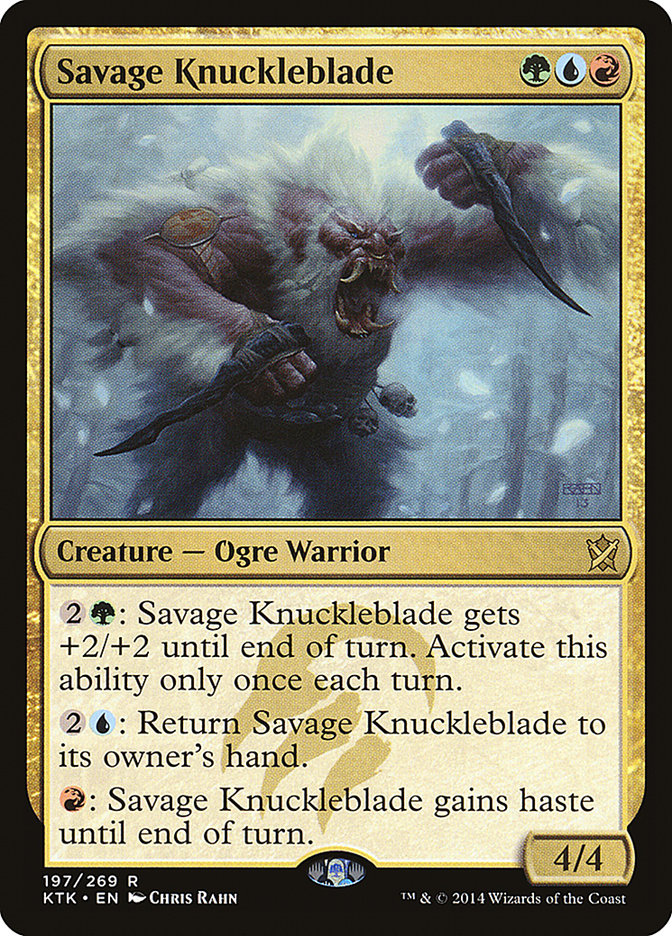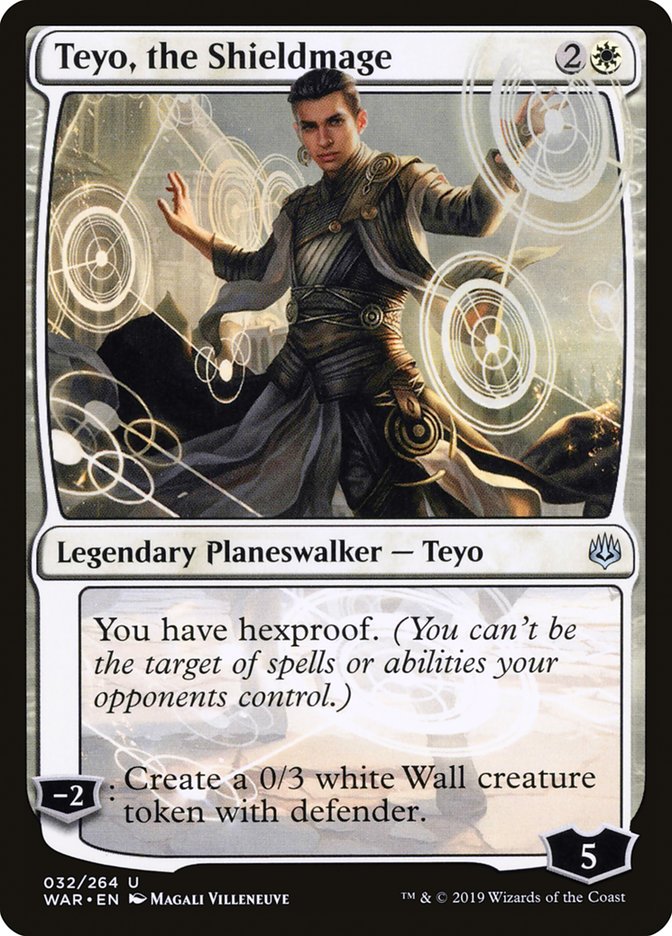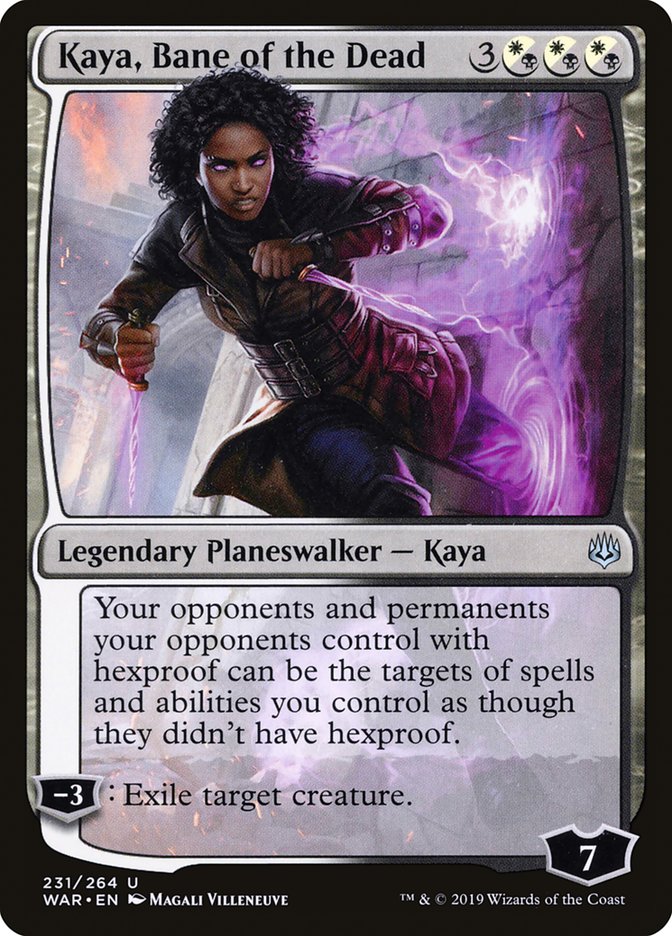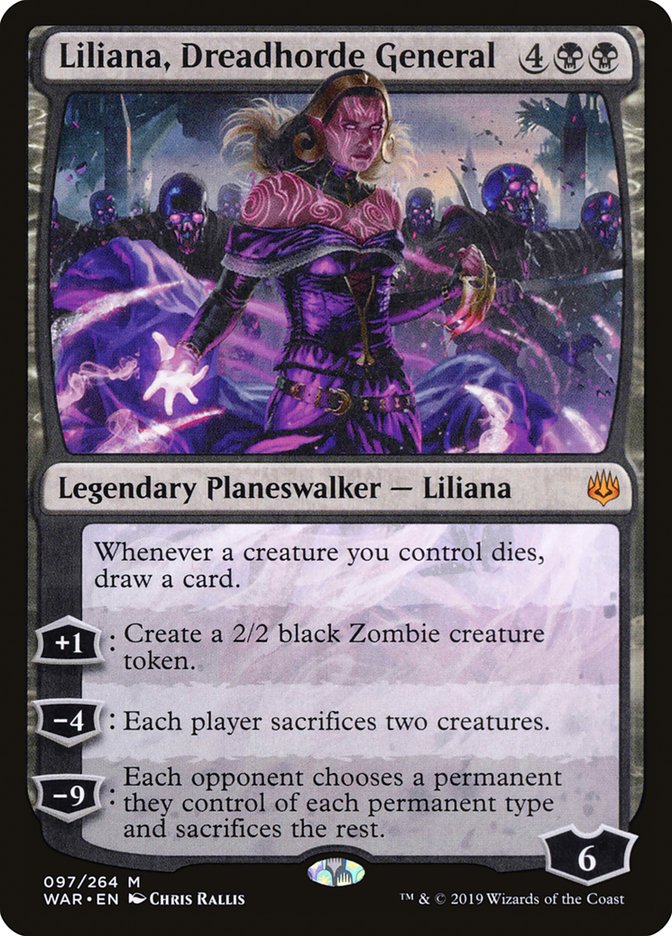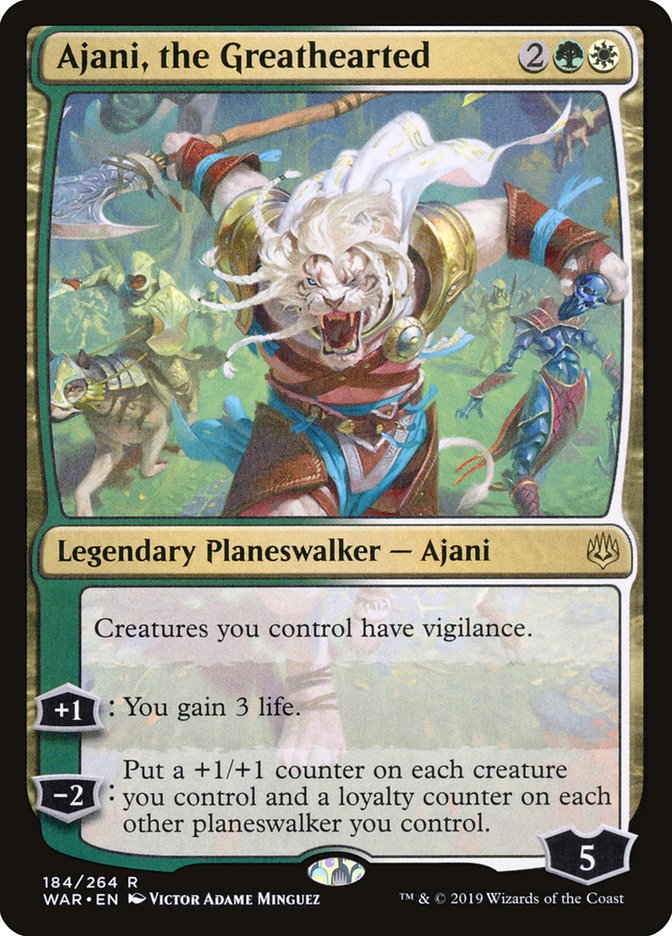During preview season, much energy is wasted on analysis of rate. Rate can be thought of as a comparison of objective power level versus mana cost. The problem is that both variables in the equation are entirely devoid of meaning outside of context. Objective power level is only relevant in relation to all other cards in the format. If expensive sorceries are unplayable because a Delver-esque or Flash deck is king, it really doesn’t matter how powerful a given sorcery is. Similarly, that same sorcery’s stock goes up in a format with access to reliable and versatile mana acceleration or a recursive effect worth playing. A singular focus on rate leads to thinking cards like Savage Knuckleblade are destined to be staples.
Instead, cards always need to be considered in contexts, both existing and potential. It’s much more valuable to say “This card will be good if X happens,” or “This card is presently weak because of X,” than “This card is good/weak.” Contextual analysis leaves us prepared to adapt when formats change, and being a step ahead in a crucial week with a card everyone has dismissed can yield some of the best win-rates Magic has to offer (think Pull from Tomorrow-based Azorius Control in post-Dominaria Standard).
This point is particularly relevant in relation to War of the Spark‘s Ignite the Beacon.
The card text of a “tutor” effect is unique among Magic cards, in that the text itself tells us almost nothing about what the card is capable of. We do know we have the versatility of an instant, which means that we will be able to act with knowledge of our opponent’s entire turn. This is the first thing that leads me to believe that Ignite the Beacon is poised to outperform similar cards such as Thalia’s Lancers or Deploy the Gatewatch.
The other point in Ignite the Beacon’s favor is that it’s entering a Standard format with more planeswalkers than any other in history, and those planeswalkers are operating in a completely different fashion from their predecessors. Whereas previously Ignite the Beacon would have been a blunt hammer, grabbing two of the most powerful cards in your deck, it now can function as a scalpel, grabbing the best solution for any situation.
Even with only a small fraction of the set officially previewed, we’ve already been given some intriguing planeswalkers that are somewhat lacking in raw power but can be important role-players in a toolbox context. Presently, Abzan catches my eye, as I want access to the best catch-up mechanisms to aid my late-game-focused deck. This leads me to start with a core of:
And now, our new planeswalkers.
A stop-gap card when facing pressure from red decks, Teyo has the capability to gain even more “virtual” life than something like Kaya, Orzhov Usurper. We’ll play both, but the upside of toolboxes is we get to find tools to get us out of odd situations, and Teyo’s walls can continue to make Viashino Pyromancers and Ghitu Lavarunners look silly even after it’s sucked up a Lightning Strike.
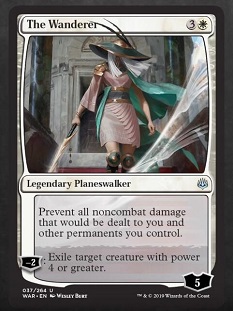
The Wanderer is at the ready to clean up those pesky Rekindling Phoenixes that just don’t know how to stay dead. The rate here pales a little bit in comparison to a typical planeswalker, but again, that’s the benefit of having toolbox options. Facing down a recursive creature, even six-mana Vraska is at a loss. If we’re looking to cover all our bases, a one-of The Wanderer should do the trick.
Feels like we mostly have Carnage Tyrant covered via Kaya’s Wrath, and Kaya is apt to be a bit redundant with some of our other effects. This is a nice card for control decks to have access to when the hexproof arms race heats up. You may remember Detection Tower briefly having a moment in the sun, and Kaya, Bane of the Dead might get the chance to shine in the same spot.
The KO Punch! Patrick Chapin went deep on Liliana yesterday, so I’ll leave most of the gushing to him. Liliana is impressive, even as far as typical six-mana planeswalkers go. A double sacrifice effect in a deck that has spent most of its initial turns focused on blunting early aggression should make it very difficult for opposing creature-based midrange decks such as Sultai to punch through the final points of damage. An incredibly high starting loyalty, immediate protection that is simultaneously capable of generating card advantage, and a static ability that will combine nicely with any creature tokens we have lying around have me convinced that we’re supposed to be leaning hard on Liliana.
Falling back on the narrower side of our toolbox, Ajani, the Greathearted is still packed with a surprising amount of value. Persistent lifegain on a planeswalker is something I’ve paid an even higher cost for in the past (yes, I’ve registered Nissa, Nature’s Artisan in a meaningful event before), but the -2 ability on Ajani is what has the capability to be completely backbreaking. Besides the old “ultimate out of nowhere” trick, Ajani allows us to occasionally wrangle extra uses out of our minus-only planeswalkers. When Ajani is distributing three or four loyalty counters, you’re getting far more than a card’s worth out of the -2. Still only a one-of, but great to have in life-pinched situations or to accelerate the pace of the late-game planeswalker snowball.
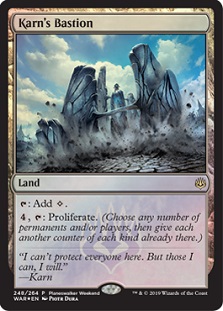
Our three-color deck won’t be able to bear many copies of Karn’s Bastion, but one or two could potentially make all the difference. Proliferate has always been sneaky good, and I’m excited for its applications in this planeswalker-heavy set. As more planeswalkers are revealed, I intend to explore two-color proliferate heavy decks built around Flux Channeler. Tools seem a little lacking for straight-Azorius planeswalker decks right now, but who knows what’s in store for us.
These new options are all held together by the pair of Vraskas that have gotten no less effective as time has gone on, a one-of Kaya to answer graveyards and one-drops, and good old reliable Karn for a source of recurring card advantage. This all leaves us with this starting 60:
Planeswalkers (10)
- 1 Vraska, Relic Seeker
- 2 Karn, Scion of Urza
- 1 Vraska, Golgari Queen
- 1 Kaya, Orzhov Usurper
- 1 Ajani, the Greathearted
- 2 Liliana, Dreadhorde General
- 1 The Wanderer
- 1 Teyo, the Shieldmage
Lands (26)
Spells (24)

SuperFriends decks have historically been good when a format is otherwise extremely creature-centric. By dodging the typical axis of interaction and generating persistently accruing advantages, fairer decks can be made to look downright quaint.
With the specter of Esper Control looming in the background and a format that is sure to be more aware of planeswalkers than any before, it remains to be seen if the conditions will come together for this style of deck. Regardless, Ignite the Beacon will provide a powerful new toolset for any deck that wants to take advantage of it, and it will be a critical card to track through the preview season as it, by default, becomes more and more versatile.


